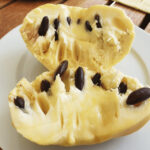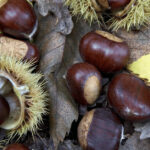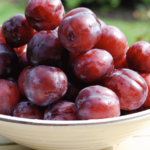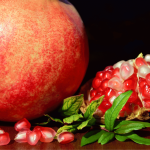Plant Profile: American Chinquapin – Versatile Addition to Any Garden
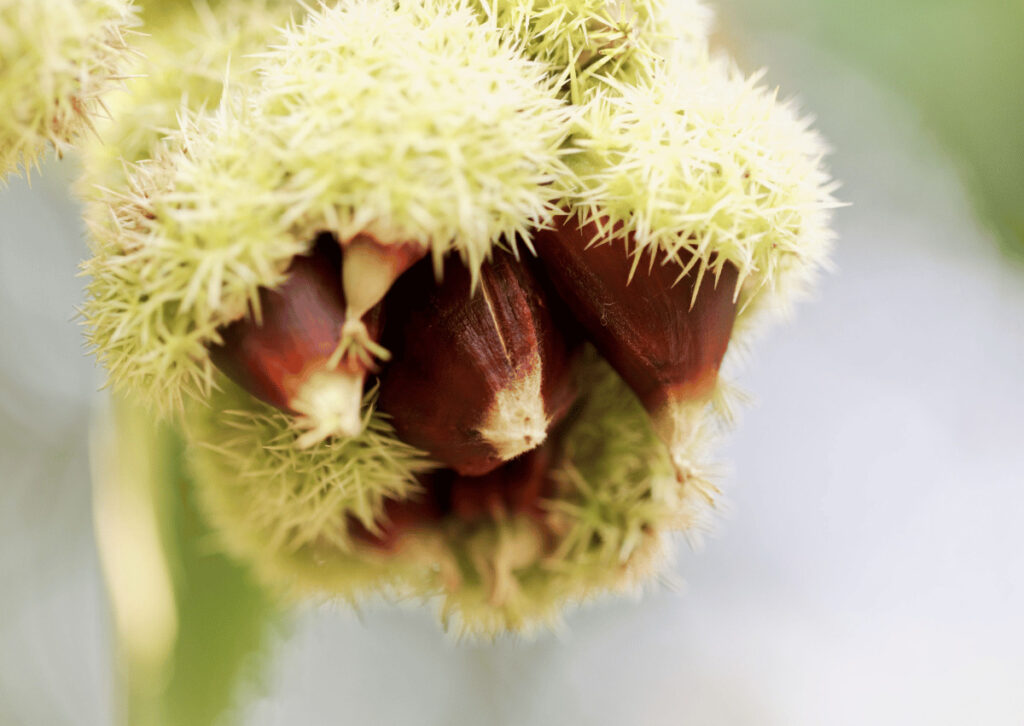
The American Chinquapin, scientifically known as Castanea pumila, is a remarkable plant that holds a special place in the flora of the southeastern United States. Also commonly referred to as the Allegheny chinquapin or dwarf chestnut, this plant is a testament to resilience and versatility. It can grow as a multi-stemmed, thicket-forming shrub or a small tree, reaching heights of 15-30 feet. Its ability to thrive in various conditions, coupled with its multiple uses, makes it a fascinating subject for gardeners and permaculture enthusiasts alike.
Classification
The American Chinquapin belongs to the Plantae kingdom. It falls under the Fagaceae family and the Castanea genus.
Origin and Distribution
The American Chinquapin is native to the southeastern United States, with its range extending from Massachusetts and New York to Maryland, southern New Jersey, southeast Pennsylvania, central Florida, eastern Texas, southern Missouri, and Kentucky. It typically grows in dry sandy and rocky uplands and ridges mixed with oak and hickory up to 1370 m (approximately 4500 feet) elevation. This versatile plant has adapted to a variety of environments, showcasing its resilience and adaptability.
USDA Hardiness Zones
USDA 6 – 9 (Sources vary from 4 to 6. Mine seems to do fine in USDA 7)
Growth Habits
The American Chinquapin is a monoecious multi-stemmed, thicket-forming shrub or small tree with spreading lower branches and ascending upper branches. If grown as a tree it can reach 4.5-9 meters (approximately 15-30 feet) tall. It grows best on well-drained soils in full sun or partial shade. It is resistant to the chestnut blight and can usually recover if infected.
Role in a Food Forest
Given its ability to grow as a multi-stemmed shrub or a small tree, the American Chinquapin can play a versatile role in a food forest. It can be part of the shrub layer due to its thicket-forming nature, or it can contribute to the understory or canopy layers when it grows as a small tree. Its nuts are palatable to humans as well as wildlife, adding a valuable food source to the ecosystem.
Benefits for Hugelkultur or Permaculture Systems
The American Chinquapin can provide multiple benefits in these systems, including attracting wildlife and providing a thick cover when cut or wounded at ground level.
Culinary Uses
The nuts are edible and can be prepared as food.
These seeds, which are about 2 cm in diameter or approximately 0.8 inches, can be eaten raw or cooked. When raw, they offer a sweet, nutty flavor. When cooked, they become even sweeter and develop a texture similar to potatoes or cereals, making them a versatile ingredient in various dishes.
Cultural Significance
The American Chinquapin has a rich history, with its use by Native Americans recorded as early as 1612.
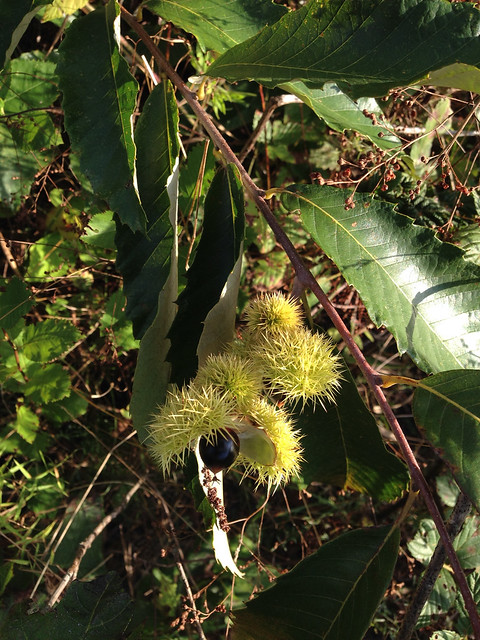
Propagation and Care
Growing the American Chinquapin can be an exciting journey, as I’ve personally discovered. When it comes to propagation, you have a couple of options: using seeds or dividing the plant’s suckers.
Seeds
If you’re using seeds, it’s best to sow them as soon as they’re ripe. Be sure to keep them safe from mice and squirrels, who are quite fond of these seeds. Interestingly, in my own experience, I’ve found that these seeds are incredibly eager to grow. I’ve had seeds begin to sprout during shipment, suggesting that they may not require a period of cold stratification, which is often needed for many types of chestnuts.
Suckers
On the other hand, if you’re looking to propagate the plant using its suckers, winter is the best time to divide them. Once divided, these suckers can be immediately planted in their permanent locations.
Caring for the American Chinquapin is relatively straightforward.
This hardy plant thrives in well-drained, slightly acidic soils and can handle both full sun and partial shade. It’s quite resilient, and able to tolerate drought and poor, dry soils. However, it does prefer areas with hot summers for optimal growth. While the plant is frost-tolerant, its young spring growth can be sensitive to frost, so a location sheltered from early morning sun is ideal. The American Chinquapin is a prolific grower, spreading through the use of underground suckers. It’s a wonderful addition to any garden, offering both beauty and utility.
The success of our American Chinquapin plants is also due in part to the beneficial work of earthworms in our garden soil. Discover more about the role of earthworms in sustainable gardening and agriculture here.
Pests and Diseases
The American Chinquapin is less susceptible to the chestnut blight fungus that devastated the American chestnut. However, it can still blight to some degree and there are reports of heavily diseased and cankered trees.
Harvesting and Storage of American Chinquapin
The nuts mature in the autumn. When they’re ripe, they can be harvested and used in a variety of ways. If you’re planning to use the nuts for propagation, it’s important to keep them moist and plant them as soon as possible. As I’ve personally experienced, these seeds are eager to sprout and may even begin germinating during transit. This suggests that they don’t require a period of cold stratification, which is often needed for many types of seeds.
On the other hand, if you’re harvesting the nuts for consumption, you’ll want to store them differently. After harvesting, allow the nuts to dry out. Once they’re dry, they can be stored in a cool, dry place for later use. Remember, the way you store your nuts will depend on how you plan to use them. Whether you’re propagating new plants or enjoying a nutritious snack, the American Chinquapin offers plenty of possibilities.
Fun Facts
The American Chinquapin is closely related to the American chestnut, and both trees can be found in the same habitat.
References and Further Reading
For more information about the American Chinquapin, you can visit the Wikipedia page
Dive Deeper into the World of the American Chinquapin
Interested in learning more about the American Chinquapin? We have a detailed article that explores this fascinating plant from seed to maturity. Discover its growth process, benefits, and how you can incorporate it into your own garden. Click here to delve deeper into the world of the American Chinquapin.

